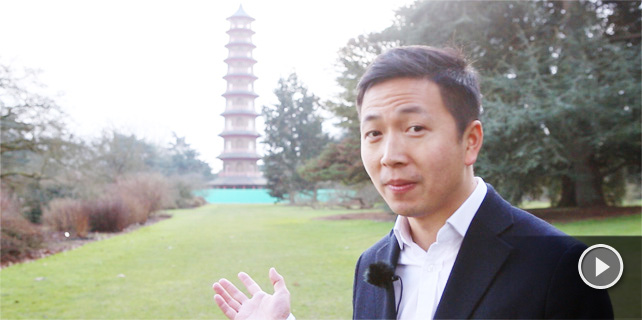Merkel's sweeping victory in state election dims 'Schultz effect'
Merkel, seeking a fourth term in September, is facing a close race with SDP candidate Martin Schulz, the former president of the European Parliament. This election was the first since he was named as candidate. An Infratest dimap voter intention poll on Friday had both parties neck-and-neck at 32 percent. His success in the polls has been called the "Schultz effect."
Deustche Welle quoted Schulz's reaction to the result in Saarland as saying "getting a goal does not mean the match is over."
The Left Party took 12.9 percent of the vote, Alternative for Germany 6.2 percent and the Greens 4.5 percent, short of the 5-percent threshold required to hold seats in the parliament.
This outcome calls into question voters' appetite for a so-called r2g governing coalition, or a red, red, green alliance of the SDP, Left, and Green parties. However, the small state may not be representative of the 62 million voters nationwide.
Political sentiment as tracked by Infratest dimap's ARD-DeutschlandTrend points to high levels of satisfaction in Saarland. Some 85 percent rated their personal economic situation as good and, in the face of a campaign in which Schulz has put justice center stage, 60 percent feel the country is fair (the highest score ever recorded before a state parliament election).
Nevertheless, 64 percent believe he has brought "visible differences" between the CDU and SDP, 72 percent think it is good he is seeking to "correct" the SPD's labor market policy, and 76 percent rate positively the "fresh air" he has blown into German politics.
Voter sentiment towards the federal election will be further illustrated by state elections in Schleswig-Holstein on May 7 and North Rhine-Westphalia (with its 13 million voters) on May 14.






















